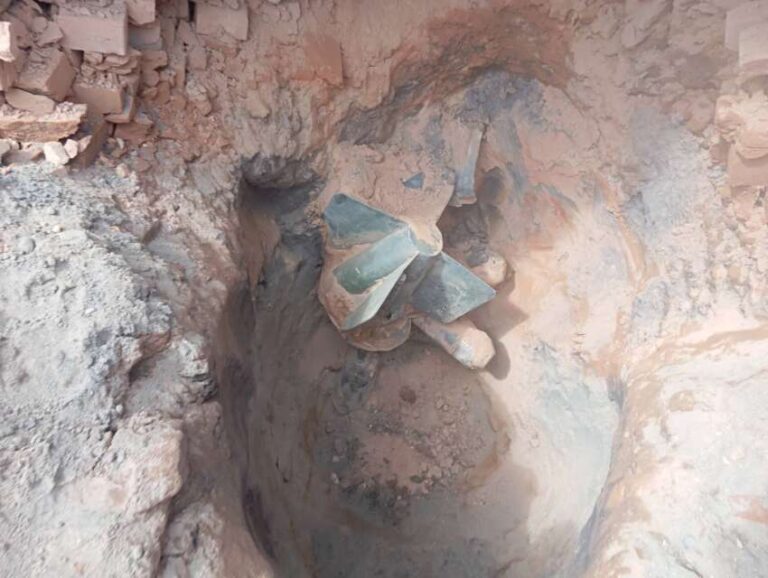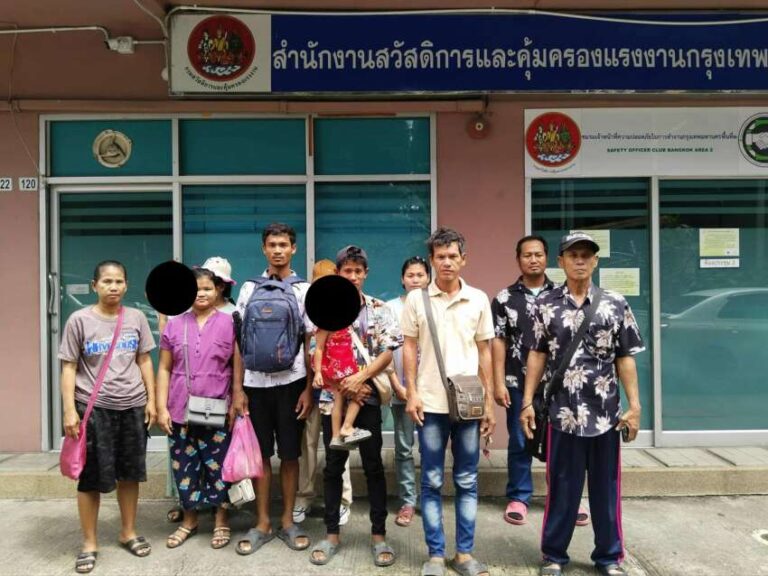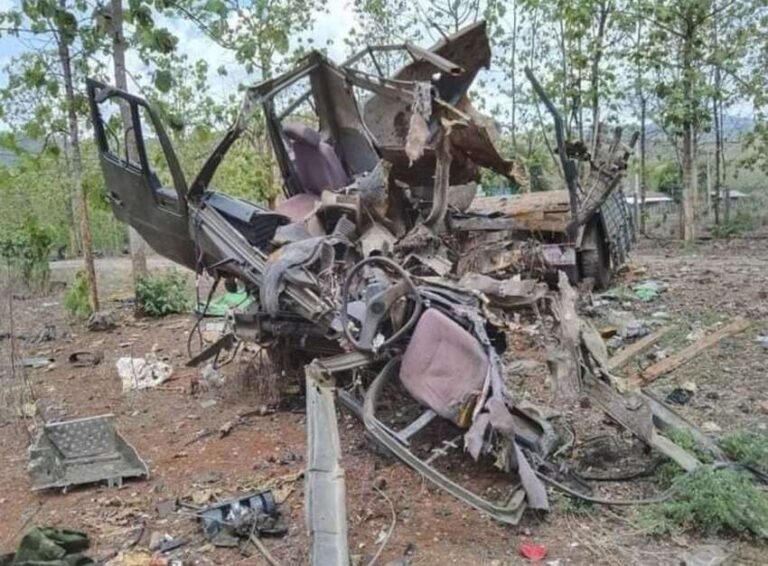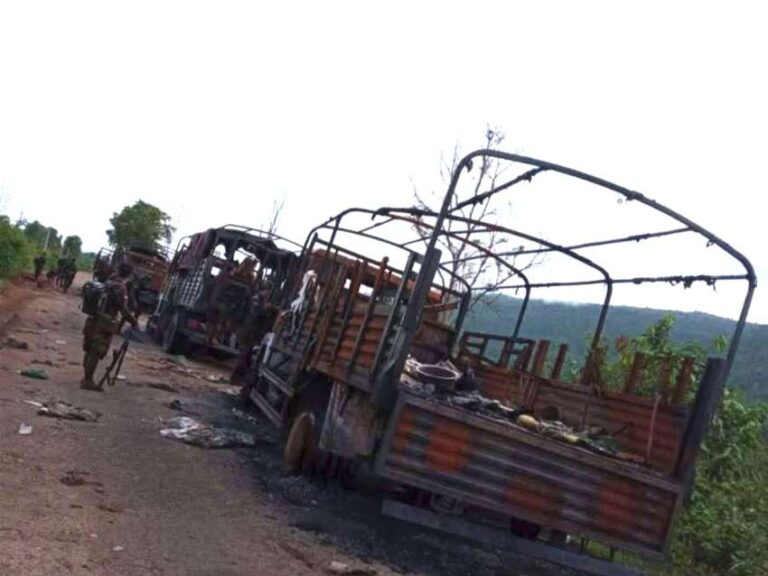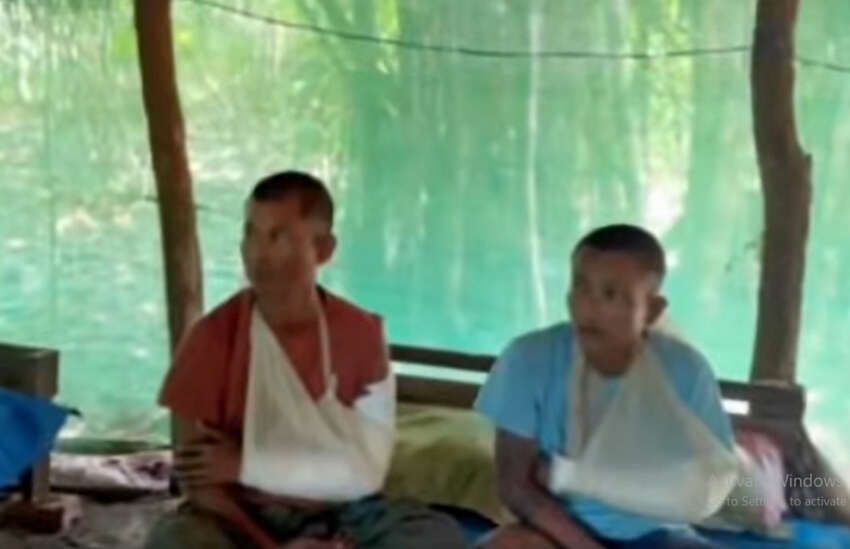
According to statements from captured prisoners of war, Battalion Commander Sai Thu Htay of Infantry Battalion 405, based in Thayet Chaung, abandoned his wounded soldiers and fled during the battle for Mae Pali Strategic Camp in Bilin Township, Mon State. Ko Aye Min Htun, the commander of Thaton District Battalion 1 PDF, confirmed that the battalion commander deserted his subordinates during the battle, escaping alone without providing any assistance to his troops. This incident reflects the deteriorating unity within the military council’s forces and highlights a significant leadership failure.
On July 29, revolutionary forces from Strategic Command 27, Military Sub-Region 2, launched an offensive to capture the Mae Pali Strategic Camp. During interrogations of captured soldiers, the battalion commander’s negligent actions came to light. The POWs testified that they were left behind in the medical facility without any support or guidance from their commander. The wounded soldiers strongly condemned their commander’s actions, expressing their anger and stating that they would hold him accountable if encountered. This abandonment represents a serious breach of military leadership responsibilities and demonstrates the breakdown of command structure within the military council’s forces.
In stark contrast to the battalion commander’s actions, revolutionary forces rescued the wounded military council soldiers despite ongoing airstrikes from military aircraft. The resistance forces provided necessary medical treatment and care to the injured soldiers, demonstrating their humanitarian approach even towards their adversaries. The successful capture of Mae Pali Strategic Camp was confirmed on February 1, 2025, at 11:00 AM, marking a significant victory for the revolutionary forces. This achievement not only demonstrates the military capabilities of the resistance forces but also highlights their operational efficiency and strategic planning abilities. The contrast between the revolutionary forces’ humanitarian treatment of wounded enemy combatants and the military council commander’s abandonment of his own troops serves as a powerful illustration of the fundamental differences between the two sides in this conflict.
